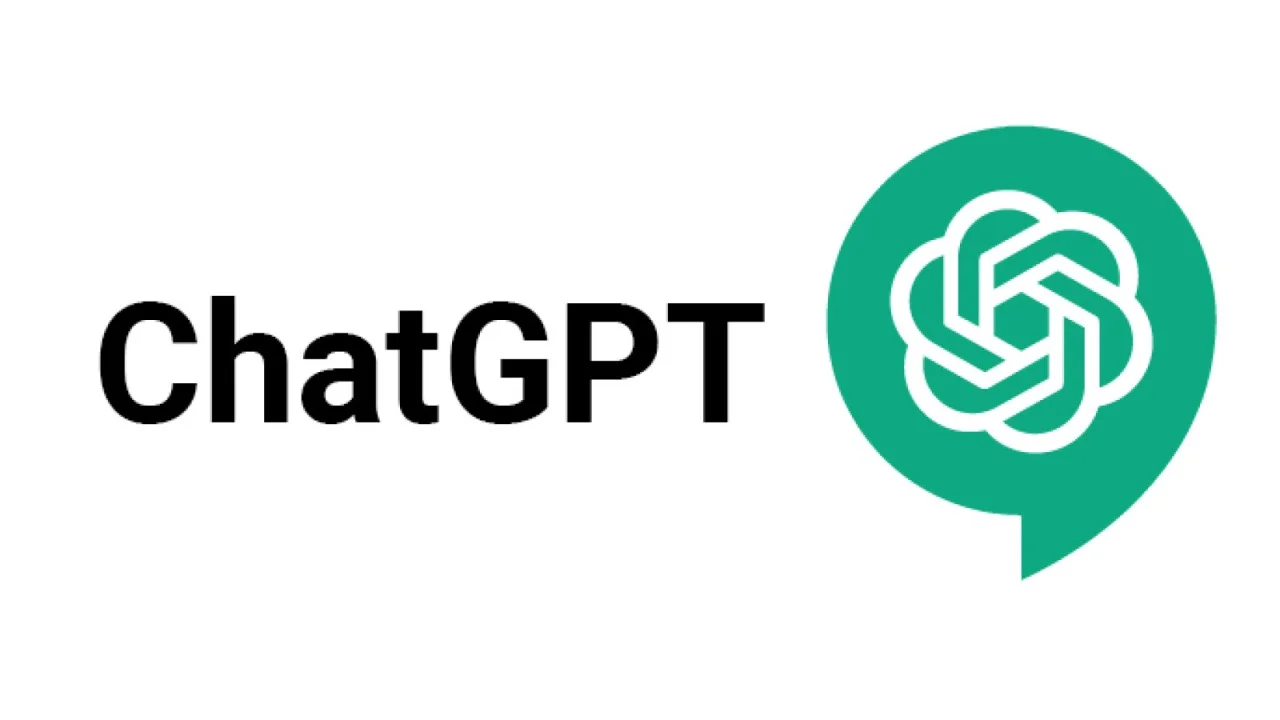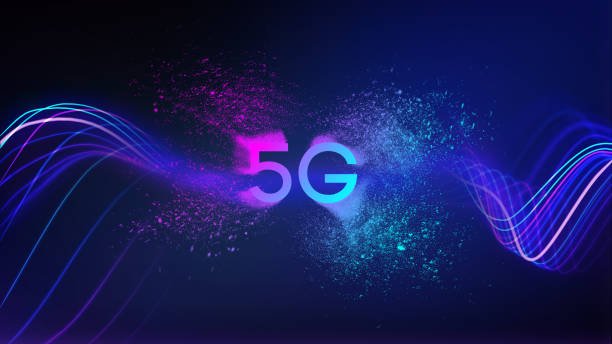In 2022, a curious transformation began rippling across the internet. An AI system with a knack for language, ChatGPT, entered the scene—and suddenly, conversations with machines felt strangely…human. It could write essays, draft poems, explain quantum physics, play therapist, code websites, and even crack jokes. Users marveled at its fluency, speed, and the eerie sense that it “understood” them. But behind the marvel was a deeper, more troubling question: Can we trust this AI?
Artificial intelligence that talks like a person opens the door to wonder and risk in equal measure. ChatGPT and its successors are not conscious, not sentient, and not infallible. But they are persuasive, ubiquitous, and increasingly integrated into our daily lives. They write business emails, help students with homework, suggest romantic replies, and even provide emotional support. They influence decisions, shape beliefs, and sometimes, mislead.
Trust is the bedrock of any conversation. But what happens when your conversational partner is not a person, but a probabilistic language model? This article dives deep into that question. We will explore how ChatGPT works, how it was trained, what makes it trustworthy—or not—and the ethical dilemmas that come with AI you can talk to.
How ChatGPT Works: Probability, Not Personality
Before we judge whether ChatGPT can be trusted, we need to understand what it is. ChatGPT is not a sentient being. It has no thoughts, no desires, no consciousness. It is a product of machine learning—a large language model trained on vast swaths of text from the internet, books, articles, websites, and other publicly available sources. Its goal is to predict the next word in a sentence based on the words that came before.
This sounds simple, but the scale is staggering. Modern versions of ChatGPT are trained on trillions of words and billions of parameters—mathematical relationships between words, ideas, and contexts. It doesn’t know what a “cat” is in the human sense. It knows how “cat” is typically used, what words are often found near it, how people describe it, and how it fits into our stories and language.
What you’re reading right now is not “thought.” It is a linguistic mirage, a high-probability sequence of words shaped by patterns. ChatGPT can sound convincing, poetic, even profound—but it’s not “thinking.” It’s synthesizing.
This core distinction is essential. ChatGPT doesn’t lie. It doesn’t tell the truth either. It generates plausible responses. That’s both its superpower and its ethical Achilles’ heel.
The Illusion of Understanding: Why Language Feels Like Thought
When people speak fluently, we assume they understand. This is a deeply human instinct. Language is one of the defining features of human cognition, so we naturally equate verbal ability with intelligence. But ChatGPT breaks that illusion.
Because it speaks fluently, it seems to understand. It sounds confident, often authoritative. It can mimic empathy, humor, curiosity, even vulnerability. But it has no inner world, no awareness of what it says. If it tells you the capital of France is Paris, it’s not because it knows it. It’s because, statistically, that is the most likely correct answer based on its training.
If it tells you Paris is the capital of Spain, it’s not lying. It’s just wrong—perhaps because of a training anomaly, an ambiguous prompt, or a lack of context. There is no intent to deceive. But because the language sounds so natural, errors can be dangerously misleading.
This mismatch—between appearance and reality—is central to the ethics of AI conversations. We’re not just talking to machines. We’re talking to mirrors that reflect our language back to us, sometimes with distortions.
Trust and Misuse: When AI Gets It Wrong
One of the biggest concerns about ChatGPT is hallucination—when the model generates information that sounds plausible but is completely fabricated. For example, it might invent academic citations, historical events, or statistics. These aren’t lies, because ChatGPT doesn’t have intent. But they’re fabrications, and in many cases, they can cause real harm.
Imagine a student relying on ChatGPT for a research paper, only to discover the sources it cited don’t exist. Or a journalist using it to summarize complex policy issues, only to find critical misrepresentations. Or a person using it for medical advice, trusting its calm, confident tone—without realizing it has no medical training, credentials, or understanding.
Trust becomes a slippery slope. The more useful ChatGPT is, the more people rely on it. But its usefulness masks its limitations. It’s not transparent. You don’t always know when it’s guessing. It doesn’t cite its sources unless specifically instructed. It doesn’t tell you when it’s uncertain unless prompted to. It can be biased, reflecting the prejudices in its training data. And it doesn’t learn from your conversations unless explicitly retrained.
The fundamental challenge is this: ChatGPT looks more intelligent than it is, and people trust it more than they should.
Bias in the Machine: Whose Voice Does AI Echo?
Every AI system inherits the biases of its creators and its data. ChatGPT is no exception. Because it was trained on internet text, it absorbs the language of the web—including all its assumptions, stereotypes, and inequalities.
If certain groups are underrepresented, misrepresented, or vilified in the training data, those patterns can emerge in ChatGPT’s responses. For instance, the model might unknowingly reflect racial, gender, or cultural biases that appear in the media, literature, or online forums.
Efforts have been made to reduce these biases through alignment techniques—where human feedback helps guide the model toward more balanced outputs—but the problem is complex. Bias is not just technical; it’s social. Who decides what is “neutral”? What worldview should the AI reflect? Who gets to define fairness, objectivity, or appropriateness?
When ChatGPT answers sensitive questions—about politics, identity, religion, or ethics—it walks a tightrope. The model must balance factual accuracy, cultural sensitivity, and user expectations, often in real-time. And because it has no actual beliefs, it mirrors the dominant language and norms of its training data—sometimes flattening nuance or echoing the loudest voices.
Emotional Engagement: When Users Bond with AI
One of the most surprising developments in the rise of conversational AI has been emotional attachment. People don’t just use ChatGPT for information. They talk to it like a friend. They share secrets, seek comfort, test philosophical questions, and explore their anxieties.
This phenomenon isn’t new. Humans have always anthropomorphized technology—naming ships, talking to Siri, treating Tamagotchis like pets. But ChatGPT goes further. It mirrors empathy. It validates feelings. It remembers the flow of a conversation. It feels like someone is listening.
This raises profound ethical questions. Should people be emotionally vulnerable with a machine that doesn’t care? Is it ethical for AI to simulate empathy it doesn’t possess? Could it be harmful to people who are lonely, grieving, or psychologically fragile?
There are no easy answers. For some, AI companionship is therapeutic. For others, it may deepen isolation. The line between simulation and deception becomes blurry. And trust, once again, is at the heart of the matter.
AI in Education, Work, and Medicine: A Double-Edged Tool
ChatGPT’s versatility has made it a go-to tool for students, professionals, and researchers. It drafts essays, edits code, solves equations, summarizes articles, and explains complex ideas in plain language. It can tutor, coach, brainstorm, and translate.
But these strengths also introduce risk. In education, some students use ChatGPT to write entire assignments, raising concerns about plagiarism and critical thinking. In medicine, practitioners might use it to draft notes or explore symptoms—but if the AI gets it wrong, who is responsible? In law, it can generate legal arguments—but without understanding case law or precedent.
In each case, trust must be contextual. ChatGPT is a tool, not a source of truth. It can inspire ideas, but not replace human judgment. The danger lies not in what the AI can do, but in what people assume it can do.
If you trust it blindly, you may be misled. If you distrust it completely, you may miss out on its potential. Navigating this middle ground—between skepticism and overreliance—is a central ethical challenge.
Privacy and Data: Who’s Listening to the Conversation?
Another key dimension of trust is privacy. What happens to the data you share with ChatGPT? Are your conversations stored? Analyzed? Used to improve the model?
OpenAI and other developers have taken steps to protect user data, including offering private modes and restricting model updates based on individual interactions. But concerns remain. In an age of data breaches, surveillance, and digital footprints, users want to know: Is my information safe?
Even if no one is reading your chat, the model itself is built from public data. That includes copyrighted text, social media posts, blogs, forums, and news articles. Some writers and content creators have raised concerns that their work is being used to train AI without consent or compensation.
The ethics of data use—both in training and in interaction—are still evolving. Transparency, consent, and accountability will be essential pillars of responsible AI.
Can You Really Trust ChatGPT? A Philosophical Reckoning
To ask whether you can trust ChatGPT is to ask a philosophical question as much as a technological one. What does it mean to trust? Is trust about truth, intention, reliability, or relationship?
ChatGPT doesn’t have intent. It doesn’t mean well or ill. It doesn’t try to deceive or enlighten. It has no inner world. And yet, we engage with it as if it does. We project intentions, personality, morality—because that’s how we are wired to relate to language and conversation.
You can trust ChatGPT to do what it was designed to do: generate coherent, contextually relevant, and human-like responses based on its training. You can trust it to follow patterns, simulate styles, and complete tasks within its domain. You can trust it, in short, as a tool.
But you should not trust it as a person, a guru, or a moral compass. It cannot verify facts. It cannot feel empathy. It cannot guarantee correctness. Trust it like you would a very clever but unqualified assistant—helpful, articulate, but not infallible.
The Future of AI Conversations: Designing for Trust
Designing AI systems that earn and deserve human trust will require more than better models. It will require a rethinking of goals, incentives, interfaces, and safeguards.
Future iterations of ChatGPT and similar systems may come with more transparent explanations, clearer uncertainty indicators, and stronger alignment with user values. They may be trained with ethical frameworks, red-teaming protocols, and adversarial testing to catch risky outputs before they reach users.
But ultimately, the human side of the equation matters just as much. Users will need AI literacy—the ability to understand what these models can and cannot do, how they work, and where the boundaries lie. Just as society learned to read critically in the information age, we must now learn to chat critically in the age of conversational AI.
AI developers, meanwhile, must embed trustworthiness at every layer: in data curation, model architecture, human oversight, and corporate governance. Building trust isn’t just about fixing errors—it’s about designing with ethics, humility, and accountability.
Conclusion: Trust Wisely, Use Carefully
The emergence of ChatGPT marks a turning point in how humans interact with machines. We’ve moved from buttons and commands to dialogue and fluid exchange. But with this leap comes a challenge: how do we build, calibrate, and sustain trust in systems that talk like us but are not like us?
Trust is not given—it is earned. It must be built on transparency, reliability, fairness, and responsibility. ChatGPT can be an incredible ally—creative, fast, and resourceful. But it can also mislead, confuse, and reflect our worst biases.
So, can you trust ChatGPT?
The honest answer is: yes, but only if you understand what it is. It is not a friend, not a sage, not a judge. It is a mirror of our language, a tool of our making. And like any powerful tool, it must be used with care, respect, and awareness.
In the end, the question of trust is not just about the AI. It’s about us—our ethics, our expectations, and our willingness to wield this new conversational power wisely.






